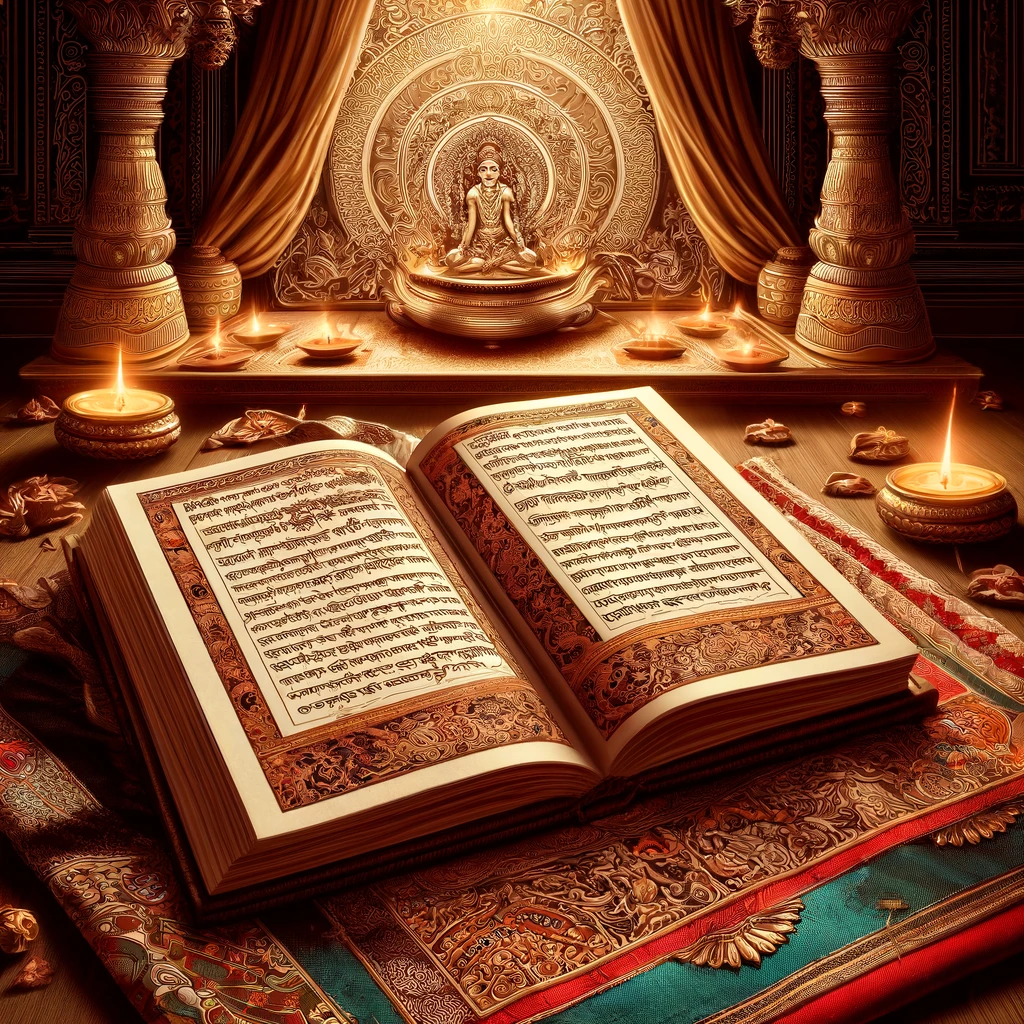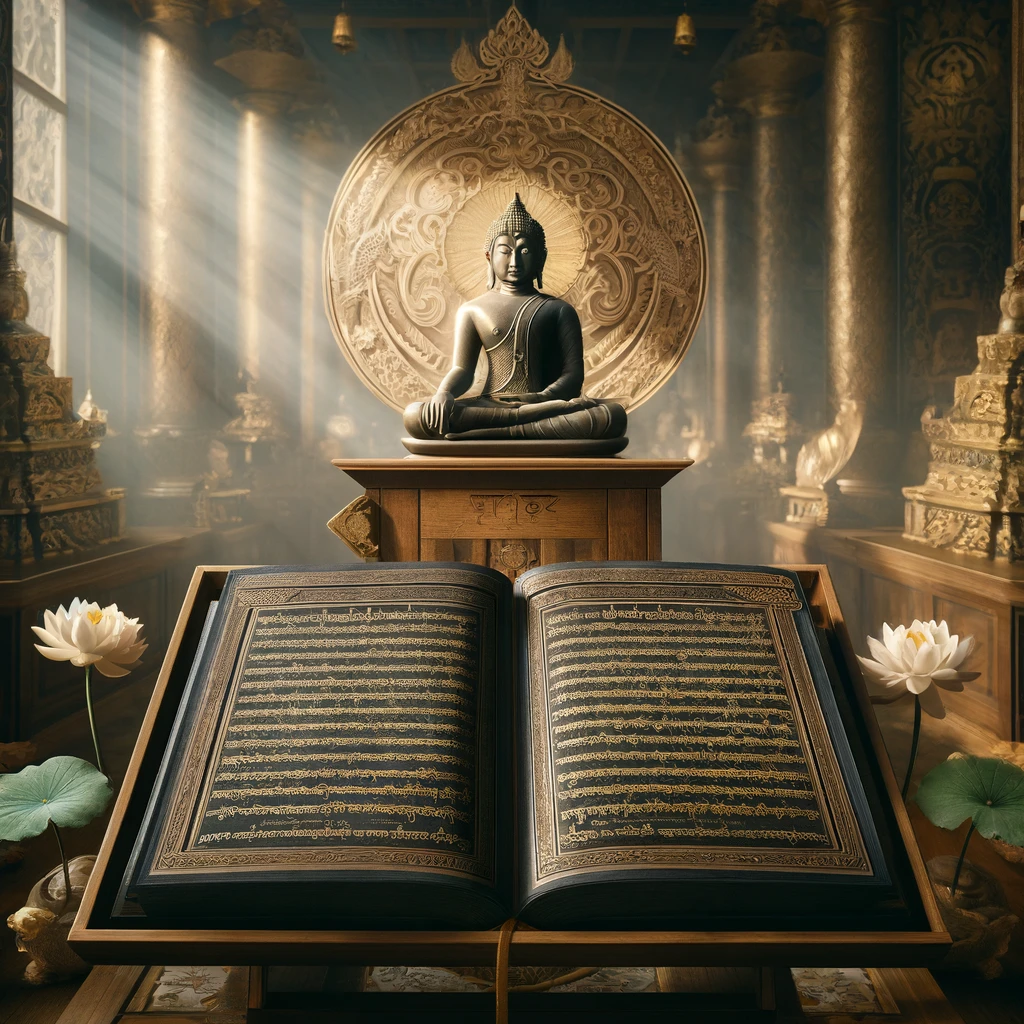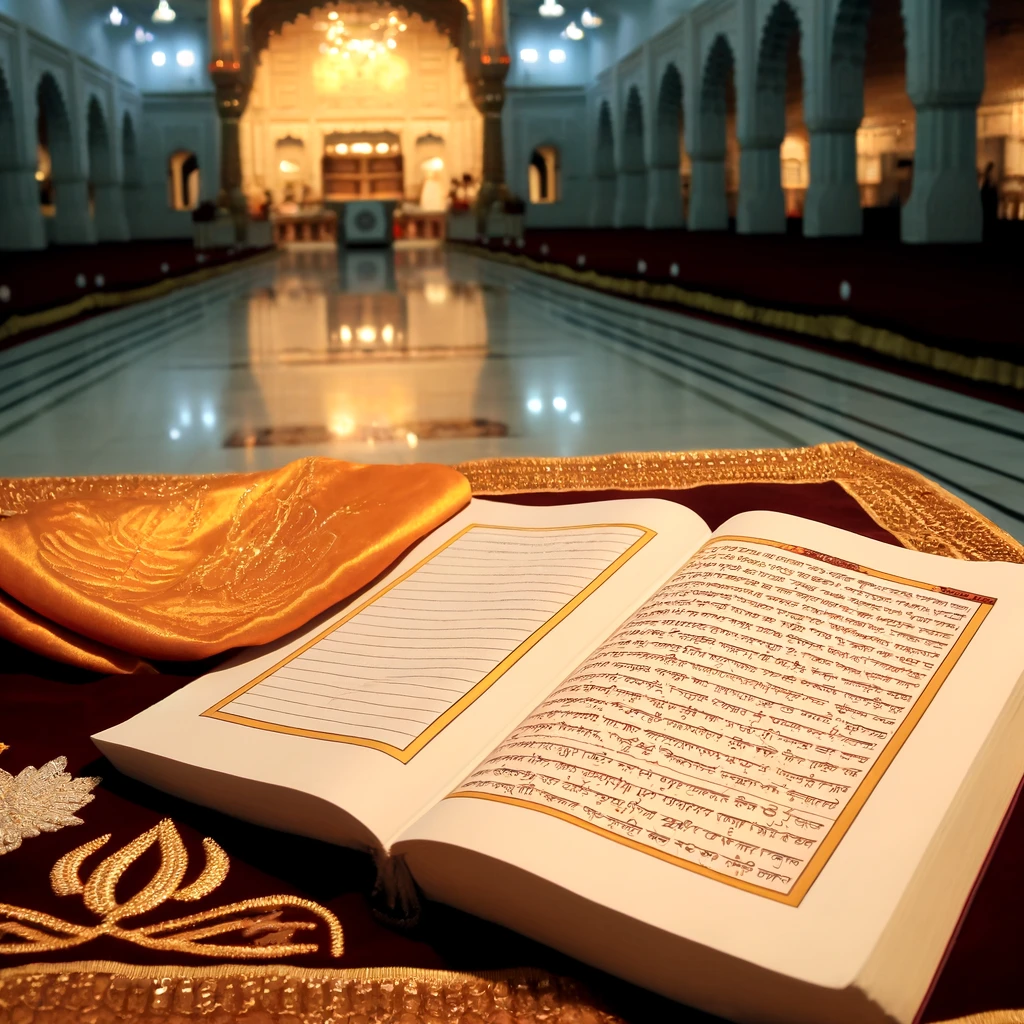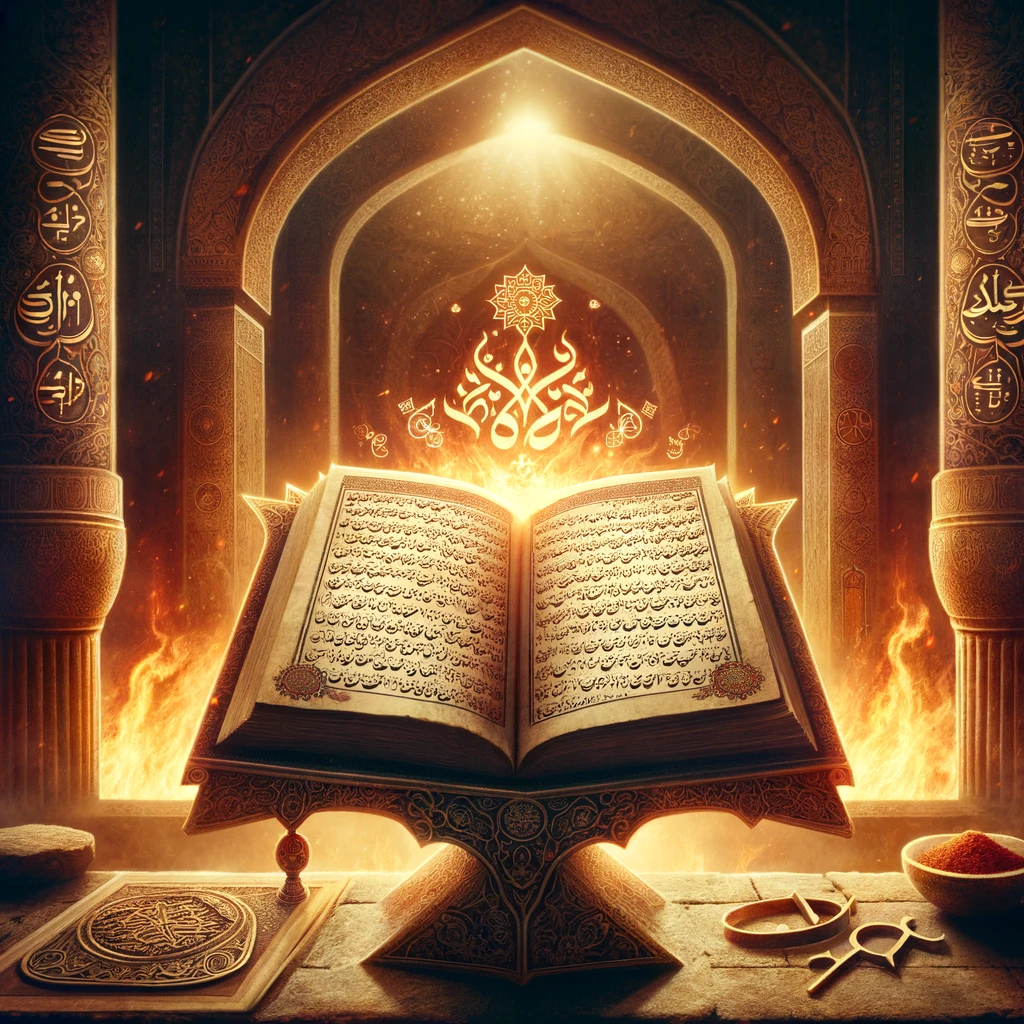
Religious books are more than just words on paper. They are profound narratives that offer insights into the spiritual, ethical, and cultural frameworks of various civilizations around the world.
These texts provide meaning and guidance in personal lives, but they’re also powerful enough to shape histories and cultures. Here are 10 significant religious books that have left an indelible mark on the beliefs and practices of millions of people around the world.
1. The Bible (Christianity)

The Bible is the cornerstone of Christian faith. It narrates the story of God’s relationship with humans, starting from the creation of the world in Genesis. The New Testament includes the life and teachings of Jesus Christ and has been influential in shaping Western civilization.
2. The Quran (Islam)

One of the most famous religious books, the Quran is written in Arabic and is central to the faith and practice of Muslims worldwide. The text is considered the word of God as revealed to the Prophet Muhammad. It covers law, morality, and personal spirituality.
3. The Bhagavad Gita (Hinduism)

Followers of Hinduism turn to the Bhagavad Gita to study concepts such as dharma (duty/righteousness) and yoga (the path to realization and self-discovery). This religious book is part of an Indian epic known as Mahabharata. This text takes the form of a conversation between Prince Arjuna and his charioteer, Krishna.
4. The Torah (Judaism)

Many religious books serve as guides, and the Torah is no different. This text encompasses the first five books of the Bible and is the foundational scripture of Judaism. It contains the laws given by God to Moses on Mount Sinai and is heavily relied on to dictate the cultural and legal traditions of the Jewish people.
5. The Tripitaka (Buddhism)

Also known as the Pali Canon, the Tripitaka is the earliest collection of Buddhist teachings and the scriptural foundation of Theravada Buddhism. It includes the Sutta Pitaka (teachings of the Buddha), the Vinaya Pitaka (monastic rules), and the Abhidhamma Pitaka (philosophical teachings).
6. The Dao De Jing (Taoism)

Written by the sage Laozi, the Dao De Jing is a fundamental Taoist text. It emphasizes living in harmony with the Tao (the fundamental nature of the world). The book’s teachings advocate simplicity, humility, and non-interference as the path to a peaceful life.
7. The Guru Granth Sahib (Sikhism)

Religious books aren’t always narratives or stories. The Guru Granth Sahib, for instance, contains hymns and poems that expound on spiritual truth, often in many different languages. This book is the central religious scripture of Sikhism and is regarded as the final, sovereign, and eternal living guru of the ten human Sikh gurus.
8. The Book of Mormon (Latter-Day Saint Movement)

An additional testament of Jesus Christ, the Book of Mormon is regarded within the Church of Jesus Christ of Latter-Day Saints as a companion to the Bible. It describes the religious history of a group of Hebrews who migrated to America 600 years before Jesus’s birth.
9. The Kojiki (Shinto)

As one of the major sources of Japanese mythology, the Kojiki records genealogies of the deities. It contains a variety of narratives, from the creation of the world to the era of the Empress Suiko. This religious book is central to the study of Shinto and provides a historical insight into the early beliefs of Japan.
10. The Avesta (Zoroastrianism)

The holy book of Zoroastrianism includes the liturgical writings such as the Gathas, hymns believed to have been composed by Zoroaster himself. It provides guidance on the worship of Ahura Mazda and outlines rituals and practices for the Zoroastrian community.
Powerful Literature

These religious books are sources of spiritual guidance. They give millions of people meaning and help them live a more fulfilling, morally sound life. Books are powerful, and these religious texts have shaped cultural, ethical, and philosophical education around the world. History wouldn’t be the same without the stories contained between the covers.
Read More:
11 Sacred Sites Around the World That Will Leave You in Awe
How Gen Z is Redefining Spirituality: 10 Surprising Trends

Alyssa Serio has been a writer and editor since graduating from Aurora University in 2014. In her free time, she loves reading, playing volleyball, and watching any horror movie (even the bad ones) with her husband.

